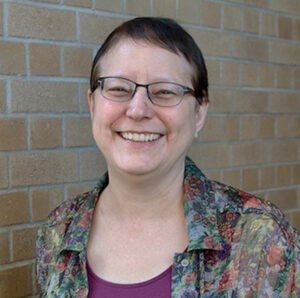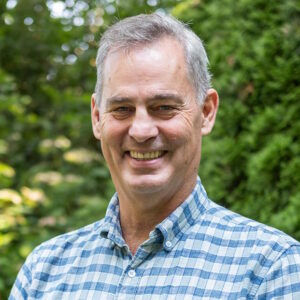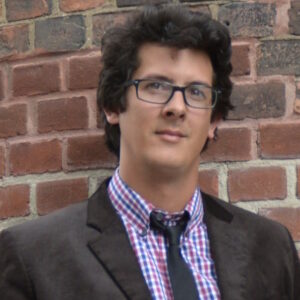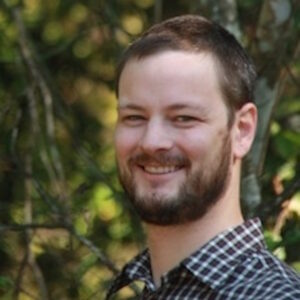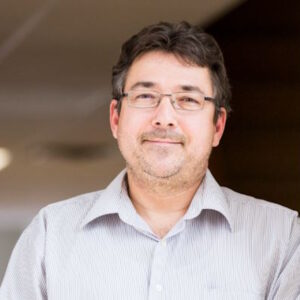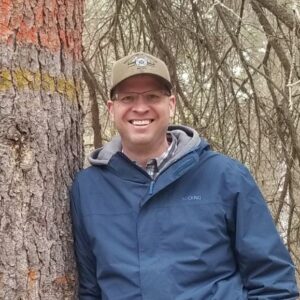To assess the long-term and large scale effects of the management recommendations highlighted in themes 1-3, we will use the LANDIS-II model to simulate the forest landscapes of several of our research sites. The goal here is to measure as precisely as possible how the forest of these landscapes will change according to the different management strategies tested, and to extract further guidance on how to manage Canadian forests at large in the future.
The LANDIS-II model was first released in 2007, and has been updated ever since through the persistent work of the non-profit organization in charge of its development, the LANDIS foundation. The model is open-source and free of use, with all its source code available to anybody wanting to contribute to its development. It is also modular, allowing users to choose among a large catalog of extensions representing the dynamic of forests and disturbances in the model.
One of the most important extensions in LANDIS-II is the one that simulates the “succession” of trees, meaning tree growth and natural mortality at the stand level (in the absence of disturbances). In our case, we will use the PnET succession extension, which uses equations derived from an ecophysiological model called PnET. The PnET extension is one of the most detailed extensions, requiring many parameters regarding the physiology of the tree species that are simulated (such as evapotranspiration rate, photosynthesis rate, etc.). But this complexity will be crucial to properly simulate the relationship between the functional diversity of forests and their dynamics.
In addition to simulating the succession of trees, we will simulate several natural and human disturbances that often affect Canadian forests using different LANDIS-II extensions : forest fires, insect outbreaks , tree diseases, windthrows, forest cuts, etc. We will then simulate three forest management scenarios : Business As Usual (BAU), with an implementation of current forestry practices; Climate Smart Forestry (CSF), a new type of forestry that focuses on favoring tree species expected to be adapted to future disturbances and climate conditions; and Functional Complex Network (FCN), an approach that will build on the work of theme 3 and that aims at maximizing the functional diversity of individual forest stands as well as the functional diversity across the network of forest stands via the dispersal of seeds.


